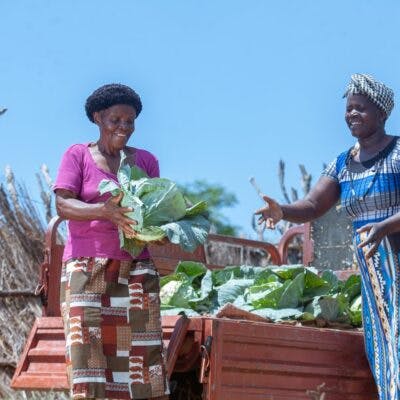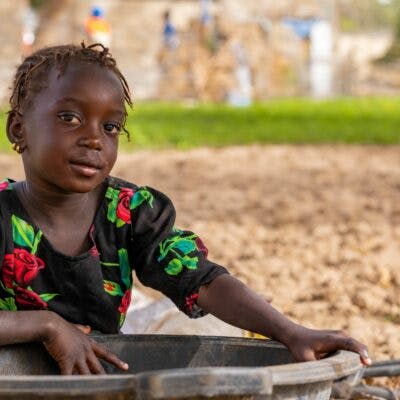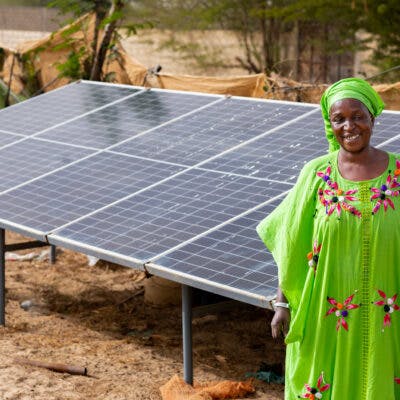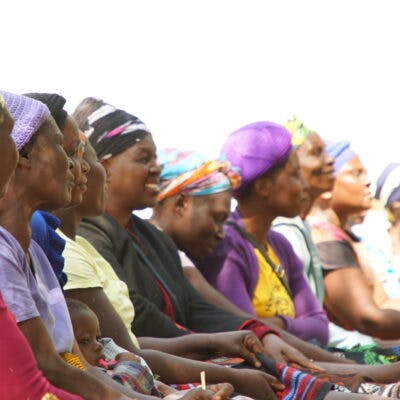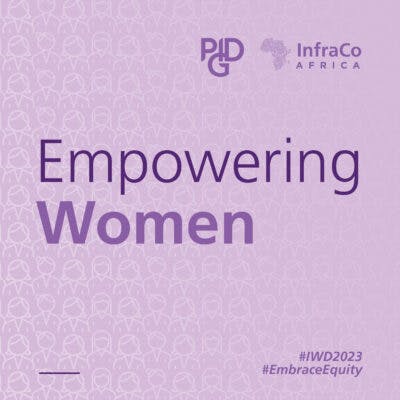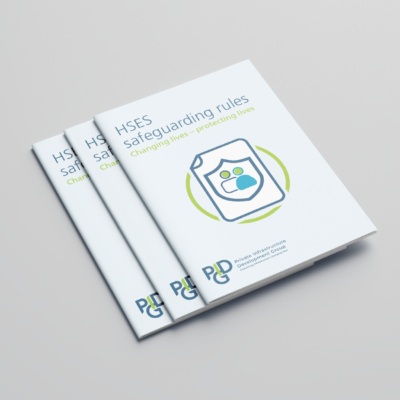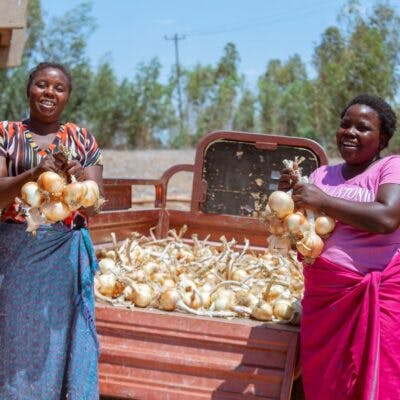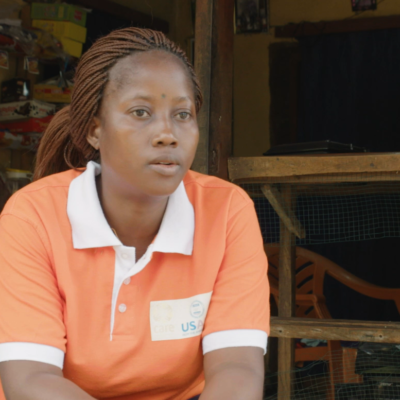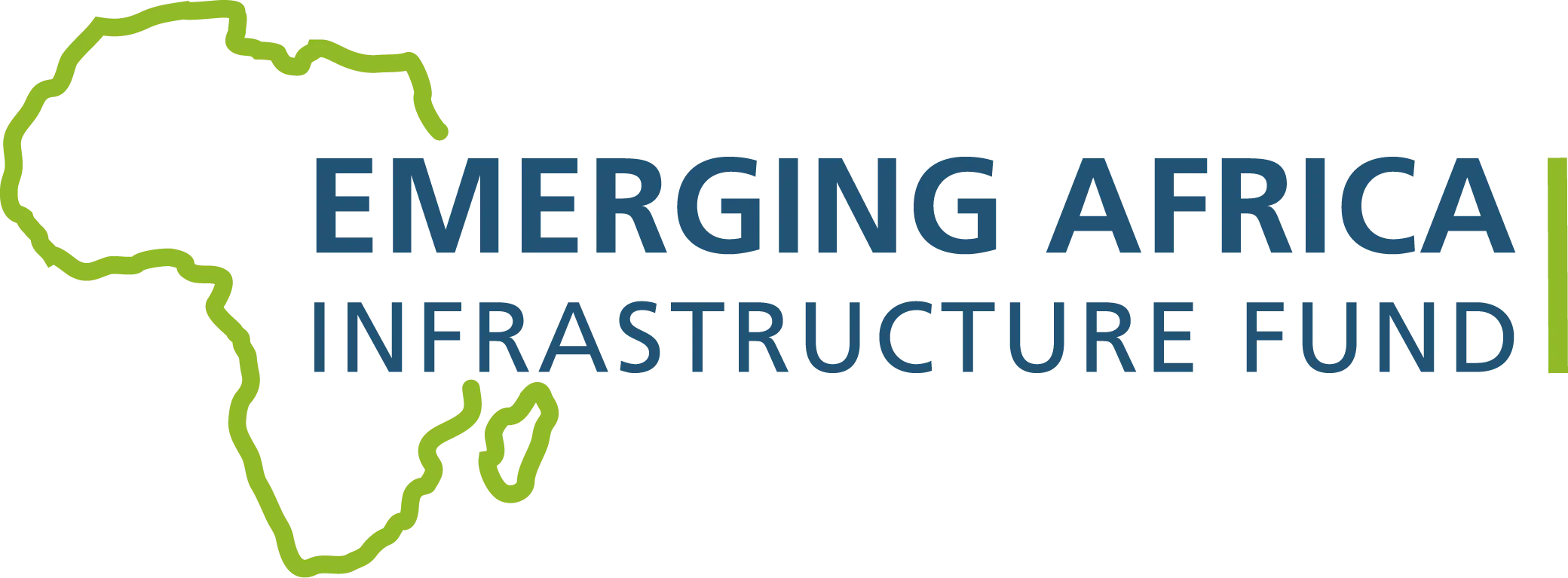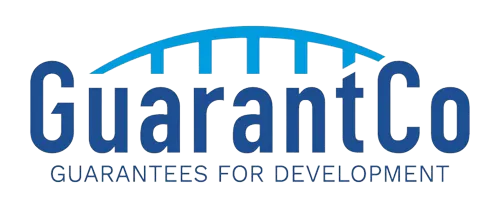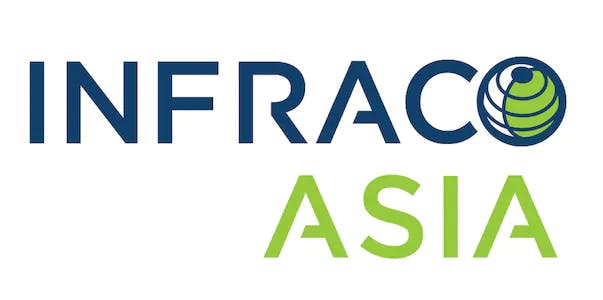When a new project or investment is identified, our Impact team identifies any specific risks and opportunities presented for women and girls through the development of the project and access to, or exclusion from, proposed infrastructure services. We focus our screening on business ownership and leadership; workforce; products and services; supply chain and community.
To better understand the context in which a project will operate and to establish a baseline to evaluate its impact, we consider relevant country and sector risks, and research gender norms in the country. We explore how, for example, women are employed – both formally and informally – and how they interact with existing infrastructure provision, as decision makers and as end users. We also seek to understand any potential barriers they may face to engagement such as time poverty, lack of education and financial exclusion and ask what is within the project’s sphere of influence.
The first requirement relates to risk.
The PIDG Gender Equality Standard sets out minimum HSES requirements for project design and governance, seeking to ensure that the project will not harm women and girls. This primarily relates to recruitment and labour management practises, workplace equality, listening to and consulting with women, safeguarding against Gender Based Violence and Harassment (GBVH); and also mitigating wider risks such as furthering any existing exclusion of women and girls from the benefits of infrastructure.
In parallel, we explore opportunities for a project to actively empower women and girls.*
Here we look at how the product or service will empower women and girls, opportunities for their participation in the workforce and supply chains, the role of women in governance and any potential benefits for women in the local community. We complete a Gender Equality Assessment (GEA) to evidence this potential, naming the barriers and bringing it to the project company with our recommendations on how the project can make a positive impact.
Alongside climate impact and financial additionality, the risks and opportunities identified through the GEA form a key part of the papers submitted to our investment committees.


